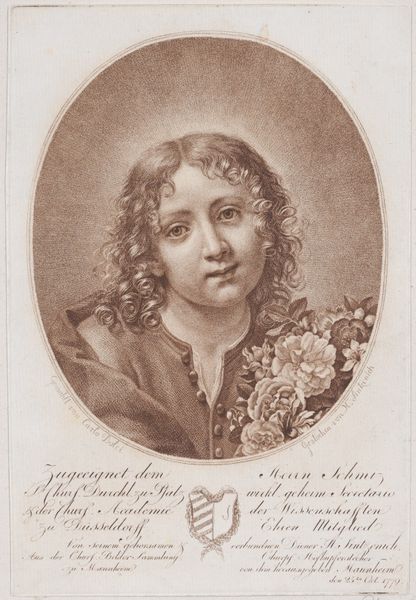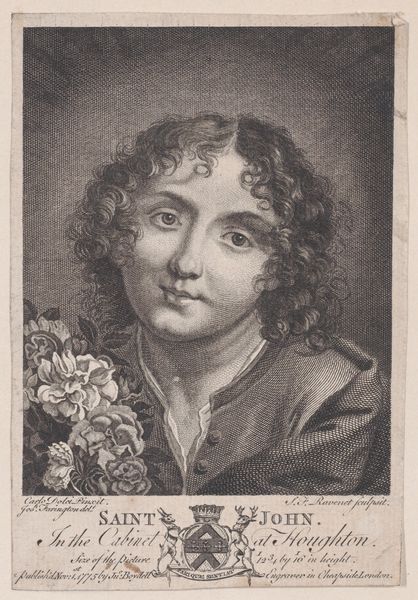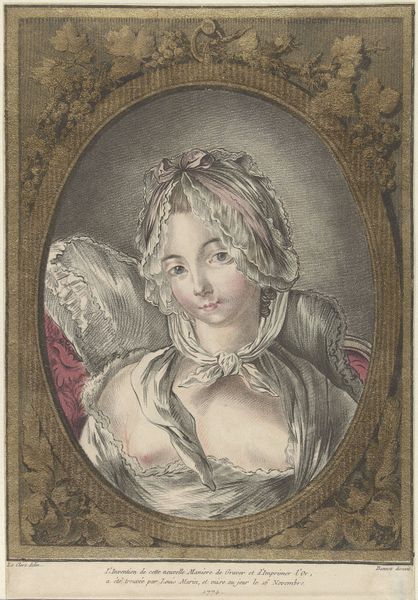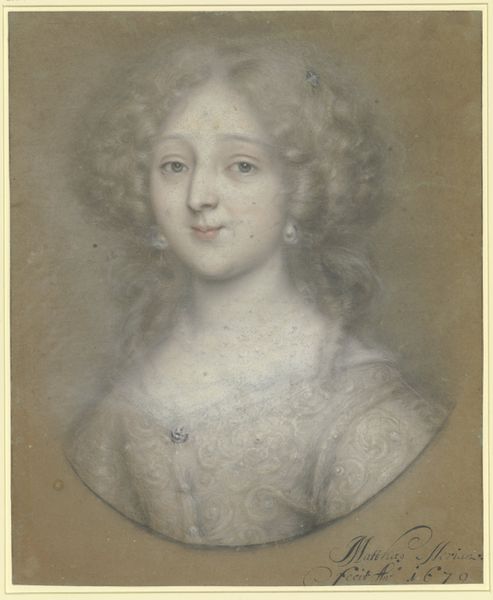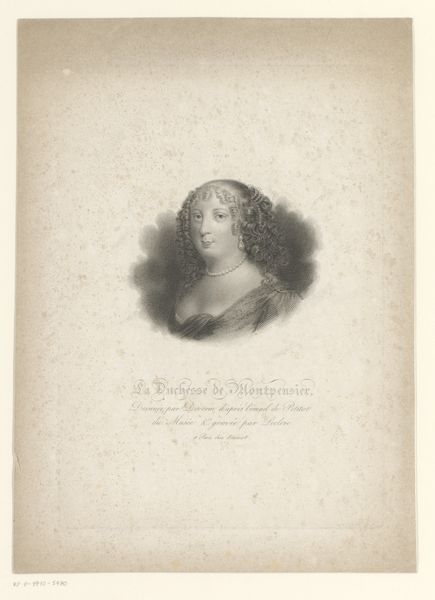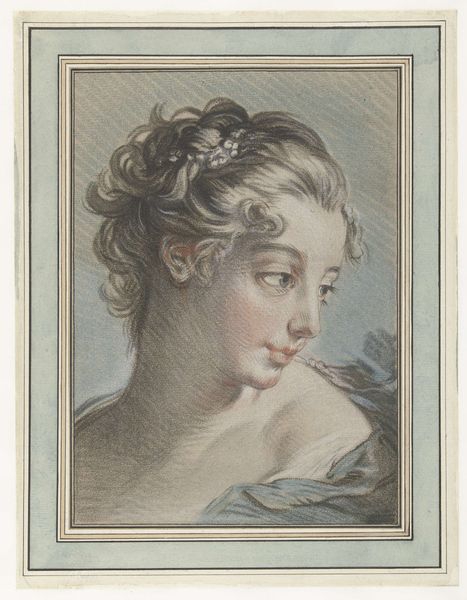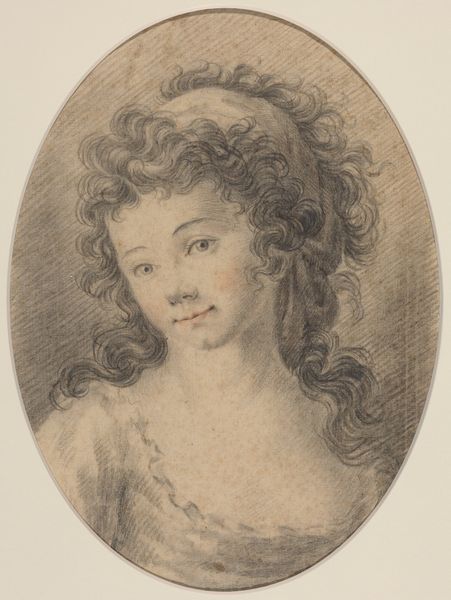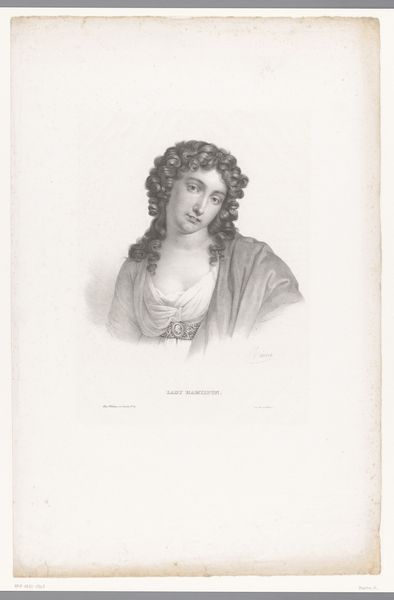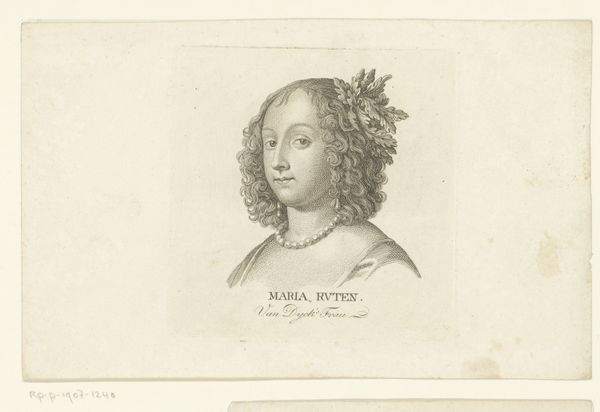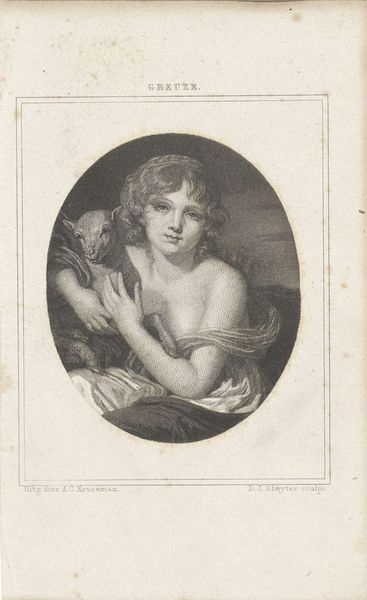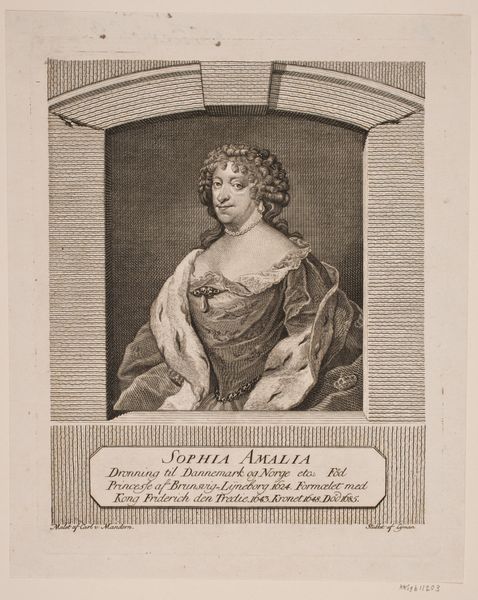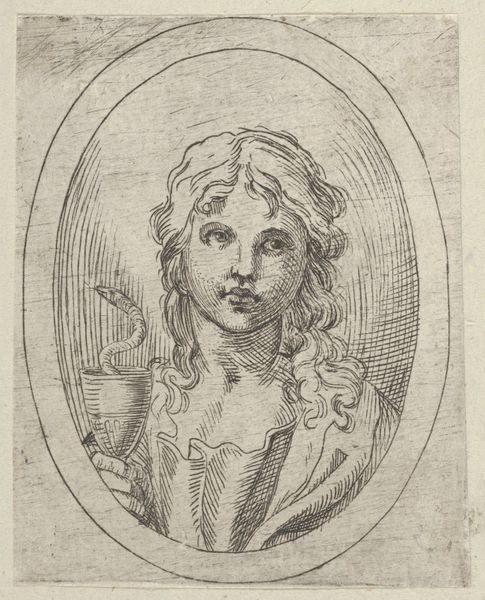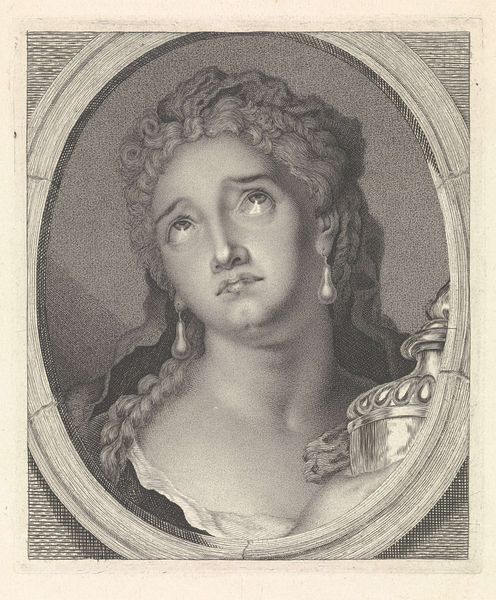
Dimensions: Sheet (Trimmed): 8 11/16 × 5 13/16 in. (22 × 14.8 cm)
Copyright: Public Domain
Editor: So this is Heinrich Sintzenich's "Head of the young Christ," created around 1779. It’s a colored pencil drawing, and… he looks so fragile, almost ethereal. What jumps out at you when you see this piece? Curator: It is interesting how Sintzenich renders Christ. The flowers contrast sharply with what one might expect from traditional iconography. Typically, Christ is rendered with symbolic attributes – perhaps a lamb, or a halo of a different kind. What might these roses suggest, considering their association with earthly love, beauty, and transience? Editor: Maybe Sintzenich is trying to show a more human side of Christ, emphasizing his youth and innocence, like he's a regular child? Curator: Precisely. And consider how color affects our perception. The use of delicate colored pencil is no accident. It gives a softness, an accessibility that a bolder medium might lack. Does this intimate portrayal alter your understanding of Christ? Editor: It does! I hadn't considered how technique and medium could reinforce the emotional impact. The pastels make it less about power and more about gentleness. It makes you think about his vulnerability. Curator: Yes, the Romantics were concerned with emotion. How do you feel about the halos that float above his hair? Does it blend seamlessly into your expectation of divinity or stand as a reminder that divinity has an expectation? Editor: The halo feels a bit expected, a necessary nod to tradition. Maybe it’s about finding a balance between the divine and the human. Curator: A necessary bridge, perhaps, offering us a path between mortal understanding and the celestial unknown. It’s a potent symbol that still resonates across time. Editor: This has completely changed how I see religious portraiture! It's all about visual codes and interpreting those. Curator: Exactly! Each element is a door to deeper understanding. Now, how might we encourage others to walk through it?
Comments
No comments
Be the first to comment and join the conversation on the ultimate creative platform.
